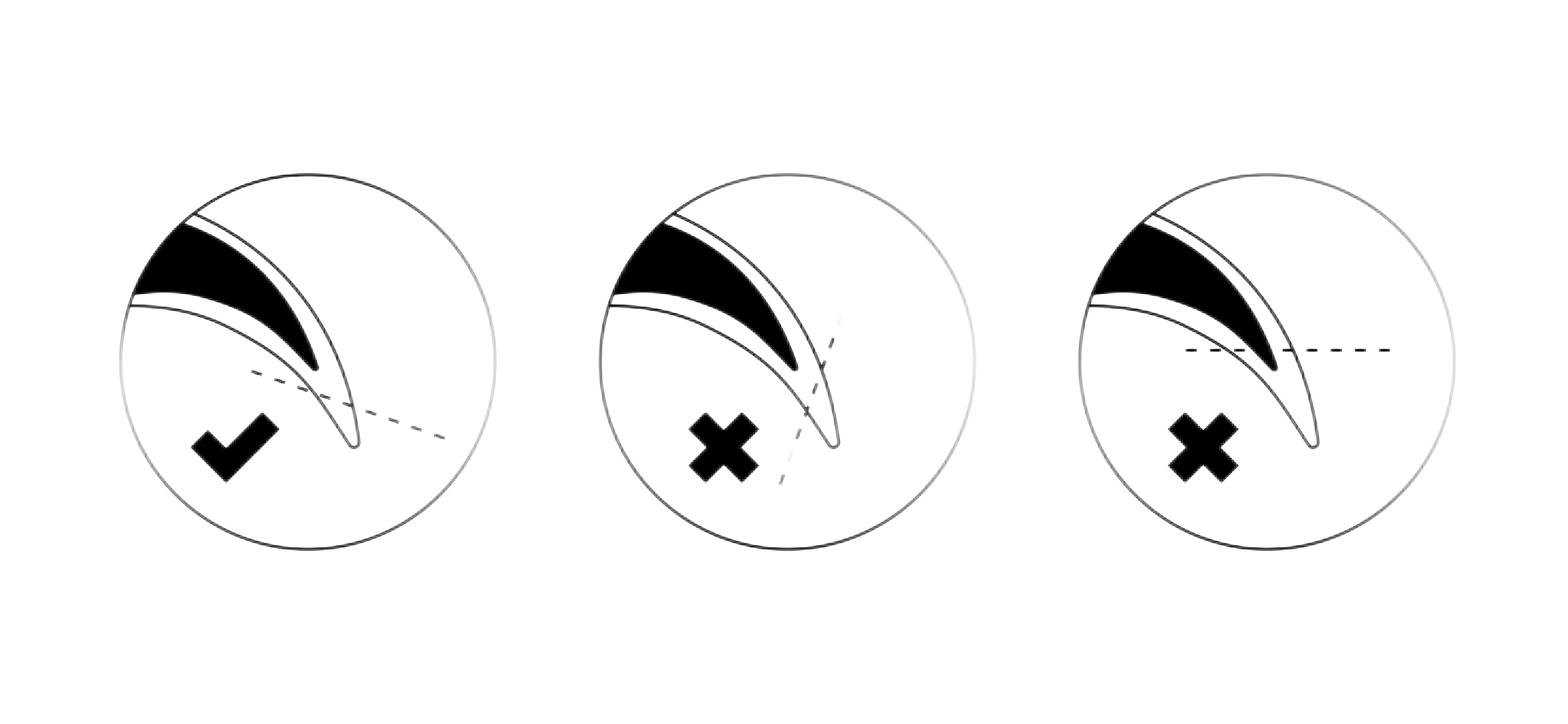What should we do if our dog breaks a nail?
Does your pup ever take a walk on the wild side? With all that terrain out there, their paws – and toenails! – could get hurt. Broken nails can seem scary for both you and your pooch but no worries; this article has got everything covered so when it happens, you know what steps to take. Read up now about how broken toenails in dogs work for pain-free adventures.
Why do your dog’s nails break?
Many dogs have five toes on their front paws, while the back paw contains just four! A fifth toe up front is often referred to as a dew claw and can be removed at an early age. But not all pooches receive this extra grooming – so before you go counting those digits, remember that paw numbers aren’t always standard across our canine friends!
From walks in the park to walks on the wild side, our canine pals need their nails taken care of! The warmth they bring us is difficult to match – but unfortunately so can be the mess when claws grow too long. Fortunately, with a pinch of preventative maintenance (like walks on pavements and other hard surfaces) to file those nails, to keep our furry friends manicured.
Keeping your pup’s nails properly trimmed is essential for their health and comfort, but there are still plenty of ways they can experience nail trauma. Carpet-snagging injuries, split or cracked nails caused by jumping too high, digging or in my dog’s case excessive scratching due to allergies! Whatever the cause may be behind a dog’s painful paw injury it should always be taken seriously as proper care will help put them back on their paws again.
How to help your dog with a broken nail.
The first step is to examine the nail and assess the damage. If the nail is still attached, try to remove any loose or dangling pieces of nail around the area, and clean the surrounding area with some warm water and a mild antiseptic. Applying a cold compress can also help reduce any swelling or pain your dog may be experiencing. It’s crucial to keep an eye on your dog’s behavior and monitor their paw for any signs of infection or further damage. If your dog is in significant pain or the bleeding doesn’t stop, seek veterinary care immediately. Remember, a broken nail may seem like a minor issue, but it can quickly escalate into a more serious one if left untreated.
Split nails
In the winter months, pet owners should take extra care to ensure their pup’s nails are healthy and strong. Dry air caused by harsh roadside deicers may lead to splitting or cracking of your dog’s nail beds. To avoid this unsettling experience for both you and your pal, regular grooming is an essential step in maintaining healthier pawsome-looking claws! Consult with a vet if needed – they will have tips on how best strengthen and moisturize them as well as possibly recommending protective booties that can help counter any dryness issues while out walking during those cold days (or nights)!
Regular checks and trimming
Regular nail trims are important for dogs as this can prevent them from experiencing pain and discomfort. When a dog’s nails are left untrimmed, they may grow too long and start to curl, putting pressure on their paw pads and toes. This can cause your dog to experience difficulty when walking, running or even standing. It’s essential to schedule regular appointments with your veterinarian or groomer when it comes to trimming your dog’s nails. By doing so, you can prevent your beloved furry friend from experiencing any unnecessary pain or discomfort.

Broken Due Claw, what should you do?
A broken dew claw can be a painful situation for our canine companions. A dew claw is essentially a dog’s thumb, which is located higher up on their leg, slightly above the paw. Dogs typically have them on their front legs, but some breeds also have them on their hind legs as well. When a dog’s dew claw is broken, there can be a lot of bleeding and intense pain. However, the severity of the injury varies depending on the extent of the damage. Some cases may not require immediate attention, while others may need emergency care. It is important to schedule an appointment with your veterinarian right away to determine the best course of treatment for your furry friend.
Happy claws, happy paws!
